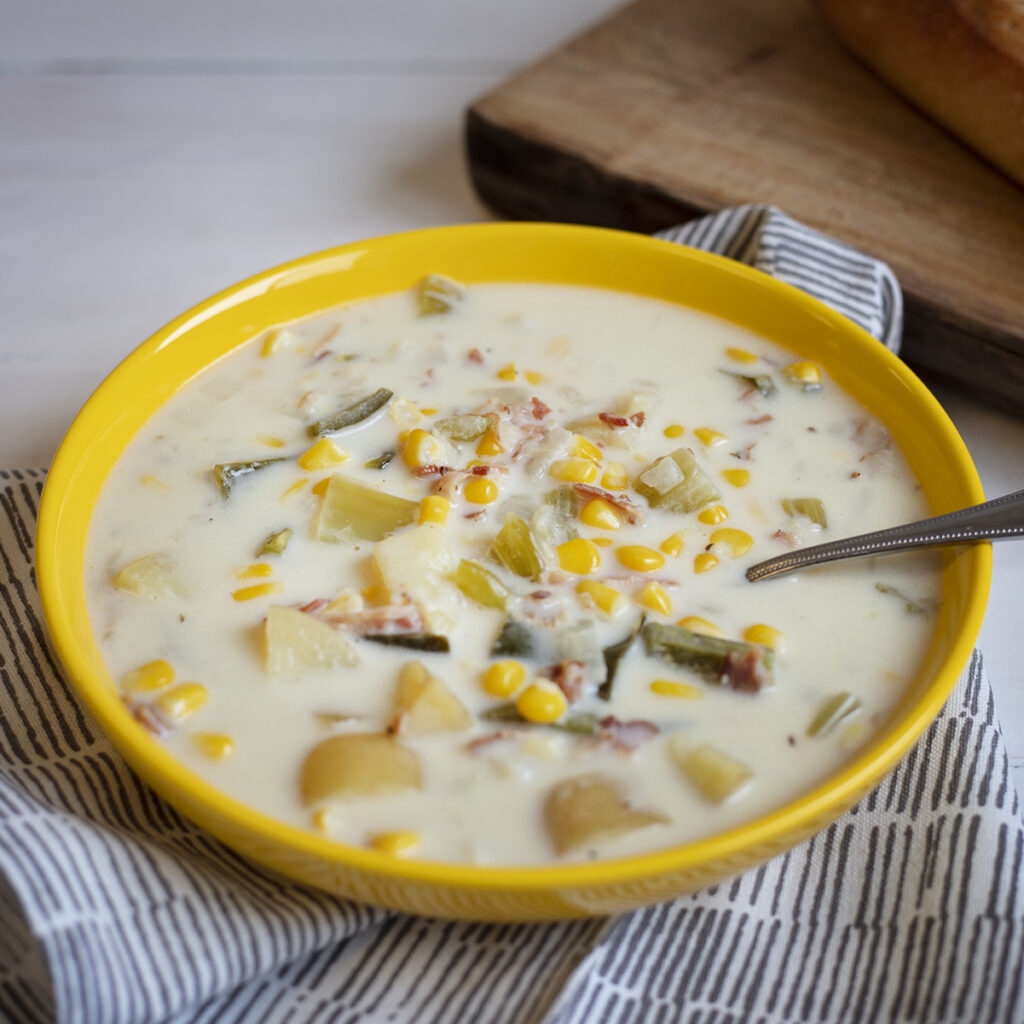Published May 16, 2018
The New World

Perhaps the greatest misnomer since the Holy Roman Empire, the “New World” in wine circles refers to places where European colonists imported grapes from the old country in their conquests around the globe. In the southern hemisphere, this phrase refers to Australia and New Zealand, where the English looked to make a brand-new version of their own country, and hoped to grow their favorite vines in a warmer clime (and met with mixed amounts of success). South Africa, originally “settled” by the Dutch, also contains imported vines, though these are some of the oldest extant vineyards outside their domains of origin.
Australia
A land of harsh extremes, Australia’s vast domain is limited, oenologically speaking, to the southernmost coasts. The interior and northern coasts are simply too hot to sustain flora requiring frequent hydration. And where vines do grow, the worry is not if the grapes will ripen, but if they will over-ripen. When combined with the sandy soil, Australia’s wine producers have been forced to adapt to such an inhospitable terroir with new ideas and practices.
First among these new ventures is canopy management. By growing their vines much taller than normal, not only do Aussie vintners get the most of their limited land, but the leaves provide natural shade to the fruit of the vine – a critical necessity under the Australian sun. The heat has also led to the development of the mechanized grape picker, saving workers from heat exhaustion, and now used all over the world. Australia’s final export (outside of the wine itself) is, as always, its people. Wine-makers from down under travel the globe, learning and teaching, and spreading their particular form of winemaking around the world (see the adoption of screw-top bottles).
Vintages in Australia are centered mainly around Shiraz (their own particular name for Syrah) and other Rhône varietals. The former comes mainly in supermarket quality and quantity, with names like Yellow Tail spearheading the charge. Outside of Adelaide, though, places like the Barossa Valley and McClaren Vale make some of the finest Shiraz-based wines in the world. If you are lucky enough, give Penfolds Grange a try. The latter is grown in great profusion as well, but the highest quality Chardonnay is made in far western Australia, in the Margaret River Valley, outside Perth.
Elephants Australia recommendation: Yalumba Viognier; this refreshing white from the oldest family-owned vineyard in Australia features honeysuckle and jasmine aromas, with stone fruit, lemongrass and ginger notes that dance on the tongue.
New Zealand
Like their neighbors to the north, New Zealand’s vines were planted by colonizing Englishmen. Purchase here was even more precarious than in Australia, though for very different reasons. Less than 15 degrees of latitude separate this nation from the Antarctic circle, making the weather a challenge for the growing of most grapes.
One hardy vine that has not only survived, but flourished in New Zealand is Sauvignon Blanc. Originally from the Loire Valley in France, Sauvignon Blanc has reached unheard-of heights in the volcanic soil and water-heavy climate of the South Island. In places like Hawke’s Bay, Central Otago and Marlborough, these refreshing whites have attracted the attention of the world’s oenophiles and consistently claim the top spots among tastemakers’ rankings.
With a small population, huge tracts of land, and a burgeoning wine culture, many of these same tastemakers believe that New Zealand is poised to become the Next Big Thing. They are possessed of old grapes, new terroir, and the freedom to experiment that seems to support such optimism.
Elephants New Zealand recommendation: Jules Taylor Sauvignon Blanc; grapefruit and grass aromas combine with the ubiquitous New Zealand chemical funk to create one of the most refreshing wines in the world, perfect for sipping with or without food.
South Africa
Another contender for the wine world’s Next Big Thing appellation, South Africa possesses everything necessary for a winning wine culture: the southern coast’s Mediterranean climate, some of the oldest and most prestigious vines in the new world, and (as crass as it may seem) a cheap labor force make South Africa a paradise for vintners.
Unfortunately, the nation still operates under a cloud leftover from their bitter Apartheid days. Not only are many countries still lukewarm about purchasing South African produce, but their wineries are still recovering from being under the thumb of KWV (translated as Co-operative Winemakers Union of South Africa). This giant conglomerate was granted almost total control of the distilling business during the reign of the Apartheid government. Something like 80 to 90 percent of all grapes grown during this time were used in the making of brandy, the nation’s most popular alcoholic beverage. Only recently have some of the derelict vineyards left empty after 1990 (the end of Apartheid) been reopened and turned to the production of wine.
Like their Aussie counterparts, the new guard of South African vintners travelled the globe, learning what they could where they could. Many of them returned to their native land to put their lessons into practice, especially to Swartland and Tulbagh, where land was cheap. This ‘Swartland Revolution’ has begun to pay dividends.
Mixing old vines with a new terroir, the wine enthusiasts of the world have begun to sit up and take notice of the new Wines of Origin (the term proud South African vintners use to label their wine). Assuming they can survive the shadow of Apartheid, blends of South African Cabernets, Merlots, and Cab Francs will join with the already successful Syrah and Chenin Blanc in earning their rightful place on the shelves and in the cellars of exacting collectors.
Elephants South African recommendation: Fat Barrel ‘Stellenbosch;’ this fruit forward and peppery blend of Cabernet Sauvignon, Merlot and Cab Franc straddles the line between old and new world, with a bright acidity that departs from its forebears while holding onto their smooth tannins and long finish.



